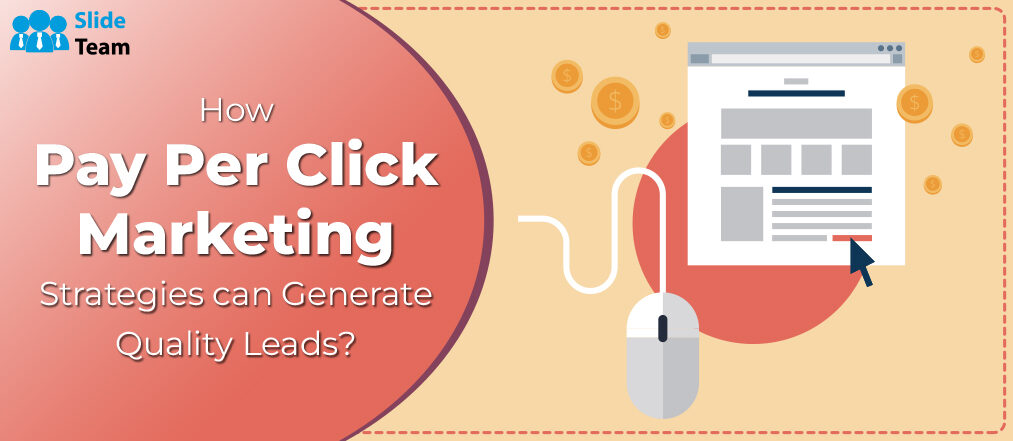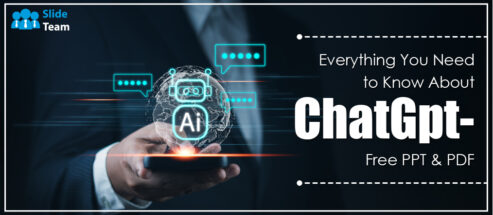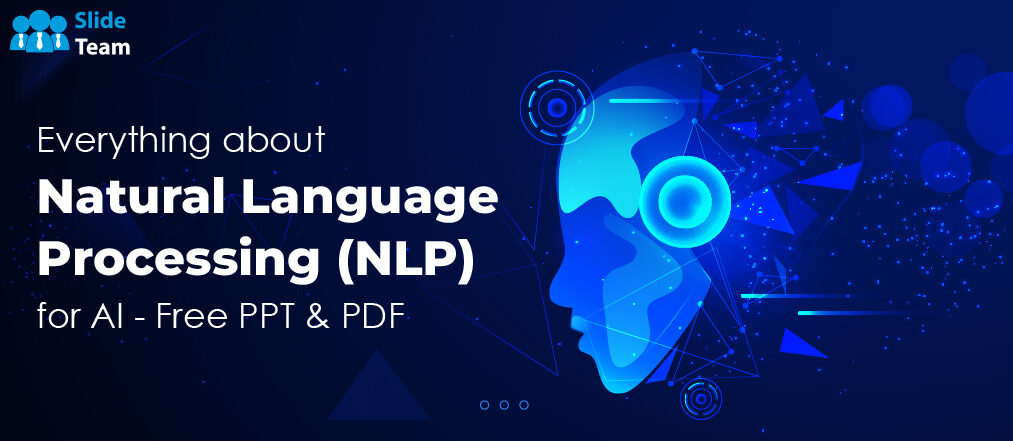The IOT in healthcare industry is facing significant challenges. Costs of healthcare services have surged, the global population is aging, and chronic diseases are becoming more prevalent.
We're heading towards a scenario where basic healthcare may become inaccessible for many, a substantial portion of society may face reduced productivity due to aging, and there's an increased vulnerability to chronic illnesses.
While technology can't halt the aging process or instantly eradicate chronic diseases, it can certainly streamline healthcare by providing users with affordable and convenient medical solutions. This is where IoT app development steps in to offer a ray of hope.
The Internet of Things (IoT) is a transformative concept with wide-ranging applications, including healthcare.
Before we delve into the advantages of using IoT in healthcare, let's first grasp what IoT is and why it holds significance in the field of healthcare.
What is IoT Exactly, and Why is it Significant in the Healthcare Industry?
IoT, short for the Internet of Things, refers to a network of physical objects like devices, appliances, and vehicles that have sensors, software, and internet connectivity. This allows them to gather and share data.
In healthcare, IoT systems collect various patient information and receive inputs from medical professionals. For instance, a prime example is continuous glucose monitoring for insulin pens.
These devices can communicate with each other and take crucial actions to potentially save lives. After collecting the data, an IoT healthcare device would send this critical information to the cloud so that doctors can act upon it.
Table of Content
- How IoT Helps In Medical — Process
- What is the state of IoT in Medical right now?
- Application of IOT in Healthcare
- SlideTeam Slides
- Wrapping-Up
- FAQ
How IoT Helps In Medical — Process
Data Collection: Sensors gather information from patients, and doctors or nurses may also input data.
Data Analysis: Advanced algorithms, often powered by Machine Learning (ML), process and understand the collected data.
Decision Making: Based on the analysis, the device determines whether to take action or send the data to the cloud.
Doctor's Input: Healthcare professionals can then use this data to make informed decisions and take necessary actions.
What is the state of IoT in Medical right now?
Internet of Things (IoT) technology use is starting to soar in the healthcare sector. The global IoT in healthcare market was estimated to be worth USD 252.1 billion in 2022, and it is projected to increase at a compound annual growth rate (CAGR) of 16.8% between 2023 and 2030, according to recent data from a report by Grand View Research.
IoT devices are beginning to be incorporated into healthcare operations in hospitals, clinics, nursing homes, and even patients' homes. The most widely utilized IoT devices in healthcare are wearables like smartwatches and fitness trackers. They allow patients to track their fitness levels and monitor their health conditions in real time.
Application of IOT in Healthcare
Everyone finds the growth of IoT interesting because of its diverse range of applications across numerous industries. It has a number of applications in healthcare. The following are some impressive IoT uses in healthcare:
- Reducing wait times in emergency rooms
- Monitoring patients, medical staff, and stock
- Better medication management
- The maintenance of essential hardware availability
However, SlideTeam has prepared a 100% editable PowerPoint Presentation for your hassle-free work. Let’s dive into the important slides:
# Cover Slide
To leave a great impression on your future clients you must be backed up with stunning cover slide that leave your audience awe-inspiring. This great cover slide will help you make a case in front of your audience without much hassle.
Download it now and add your company name to create an excellent impression on your prospective clients and audience.
# Overview and components of IoT in health care
This slide showcases the overview and components of IoT in health care. It includes components such as sensors, underlying infrastructure, connectivity channels, etc.
Under this slide, you can highlight the introduction of IOT in medical sector i.e. It involves the use of connected devices, sensors, apps, etc. to assure ease of providing health facilities for medical professionals.
Further, highlight Health care IoT solution components like:
Sensors
- Determine the current patient condition
- Examples:
- Pulse - oximeters
- Electrocardiograms
- Thermometers
- Fluid level sensors
Underlying Infrastructure
- Consist of hardware and software components
- Read sensor data and represent it on a dedicated device.
Similarly, you can highlight other components in a slide as well to give a proper overview to your audience.
# Benefits of IoT deployment in healthcare industry
This slide showcases the advantages of implementing the Internet of Things (IoT) in the healthcare industry. It includes pointers such as reporting, monitoring, connectivity, affordability, data analysis etc.
Benefits of IOT in Healthcare Industry
Reporting and monitoring
- Facilitate real-time monitoring through a connection of a smart medical device
- Collect and transfer health information
Tracking & Alerts
- Provide real-time notifications and alerts for emergency situations.
- Ensure accuracy that improves health facility delivery results.
Further, highlighting the benefits can positively impact the decision of the audience.
# Role of IoT and technology for effective medical management
This slide exhibits the role of IoT in the healthcare sector to improve operational efficiency. It includes the role of IoT for medical professionals, patients, hospitals, health insurance companies, etc.
To enhance clarity and depth of understanding, we should create a table that outlines the roles and benefits of IoT in healthcare for specific use cases. This will help the user to understand the concept more precisely.
# Technologies used in medical care supplies and devices
This slide exhibits wireless technologies used in IoT medical devices to provide seamless and automated healthcare processes. It includes elements such as technology, low data rates, range etc.
However, insert a table and highlight the factors on the basis you want to analyze the technology. Factors can be Low data rates, High data rates, Range, and application examples.
The technology that has been discussed in the slide are NB-IoT, Bluetooth low energy, IEEE 802.11ax (Wi-Fi 6), Zigbee (IEEE 802.15.4), 5G cellular.
# Challenges of implementing IoT in the health sector
This slide represents major threats and challenges faced while implementing IoT in the healthcare sector. It includes pointers such as technology cost, privacy, security breaches, malware, human error, overloading, etc.
Further, highlighting the challenges allows us to address the significant obstacles that need to be navigated in order to successfully integrate IoT technologies into the healthcare industry.
# Requirement and major drivers of IoT in healthcare
This slide exhibits market overview and requirements of IoT based health care industry. It includes pointers such as the aging of society, diseases of affluence, medical staff shortage etc.
Similarly, highlights the major point of why healthcare needs IOT, so that the audience can get a better overview of it.
Also, you can highlight IoT's main drivers – Post-COVID.
# Future scope and potential of technology in healthcare
This slide highlights the future scope of IoT IoT-based health care industry. It includes insights about cost saving, market size, development of business models, workforce productivity etc.
Do you Know?
By 2026, IoT medical care market is estimated to reach USD 89.6 billion.
Wrapping- Up
Using IoT in medical has completely changed how things work. It's made patient care better, made operations smoother, and given us really smart insights from data. We can now keep an eye on patients from far away, watch their vital signs in real-time, and make things happen automatically. This has made healthcare much better. SlideTeam's editable iot ppt PowerPoints are super flexible and easy to use. Using our tech isn't just a fad, it's a really important step towards making healthcare work better for everyone.
FAQ
Q1: What is IoT in healthcare?
Ans: It stands for the Internet of Things applied in the healthcare industry. It involves connecting various medical devices, sensors, and systems to a network to collect, exchange, and analyze data, ultimately improving patient care and operational efficiency.
Q2: How does IoT benefit healthcare?
Ans: IoT in healthcare provides benefits such as remote patient monitoring, real-time data tracking, automated processes, and enhanced decision-making. This leads to improved patient outcomes, reduced healthcare costs, and more efficient healthcare delivery.
Q3: What are some examples of IoT devices in healthcare?
Ans: Examples of IoT devices in healthcare include wearable fitness trackers, smart insulin pens, connected inhalers, remote monitoring devices, and smart implants. These devices help in tracking health metrics and providing timely interventions.
Access to Free PPT on IoT in Healthcare & Free PDF on IoT in Healthcare


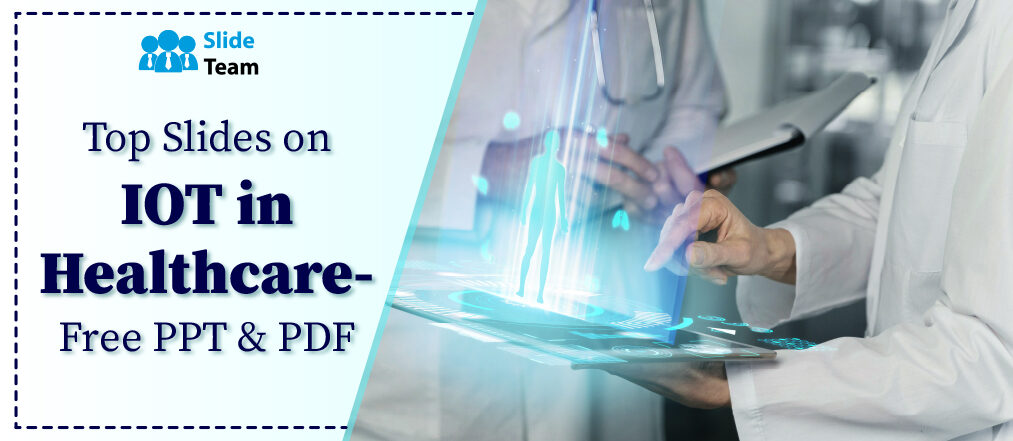


 Customer Reviews
Customer Reviews

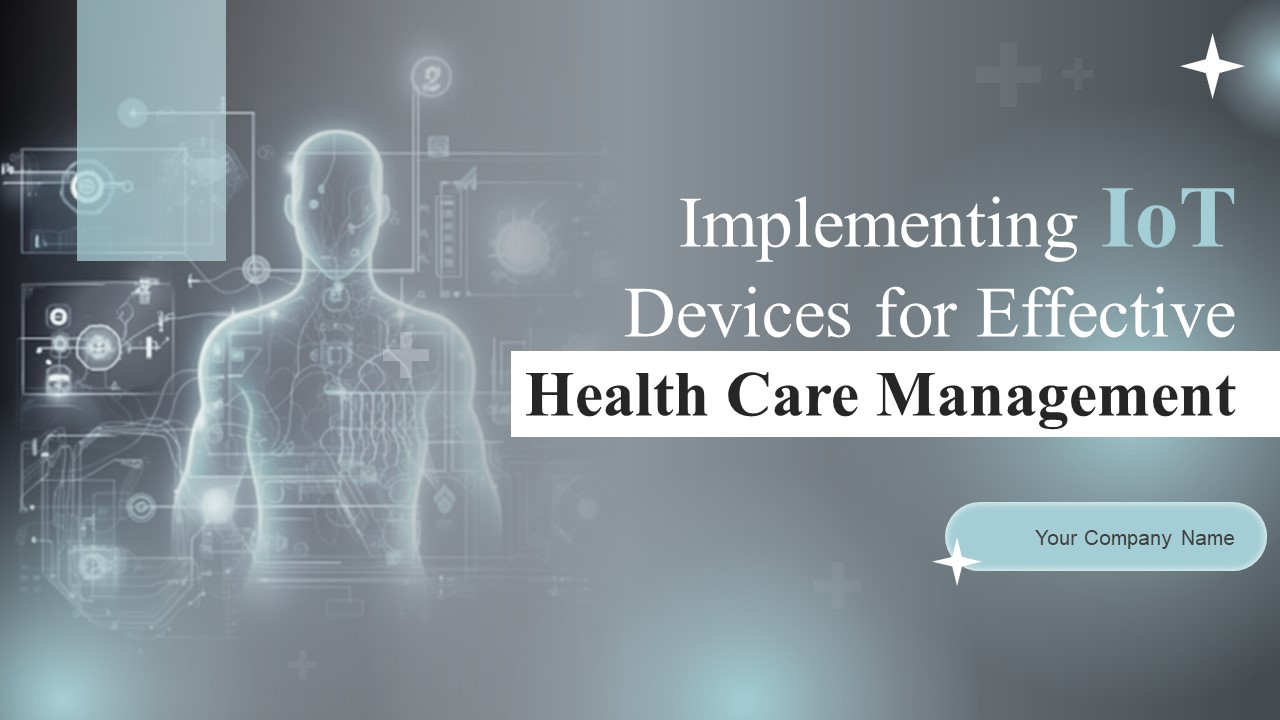
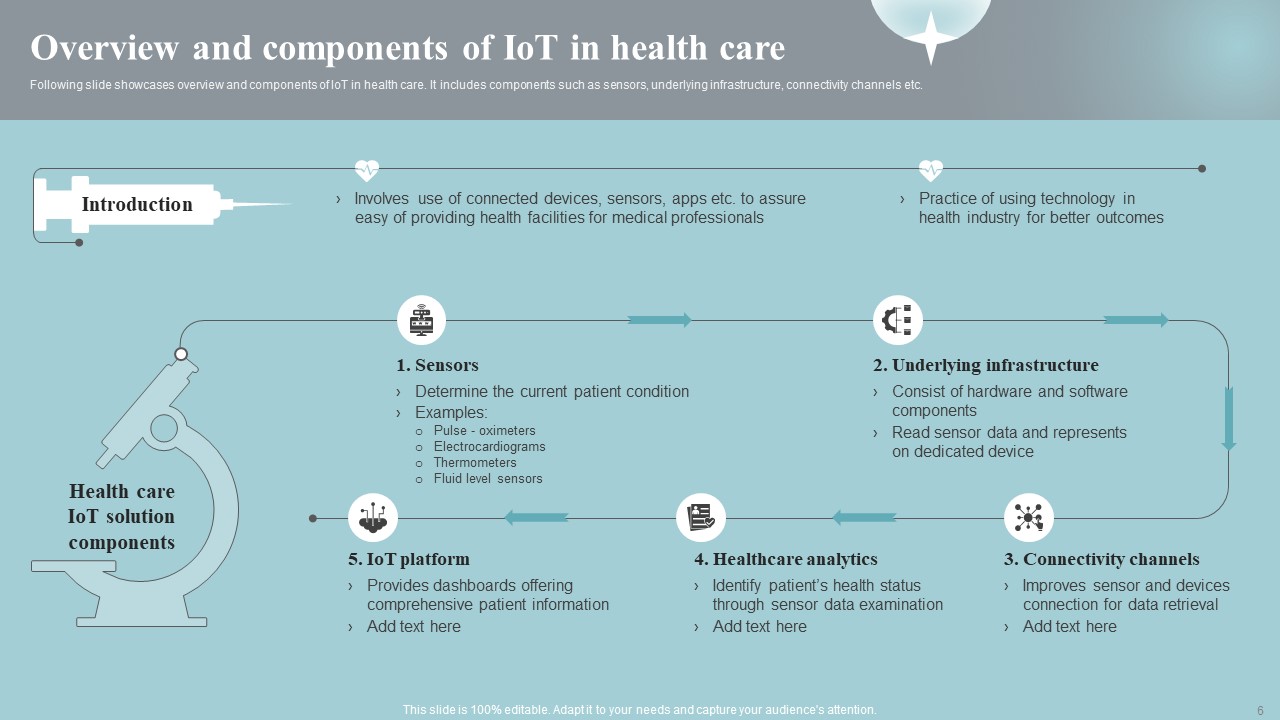


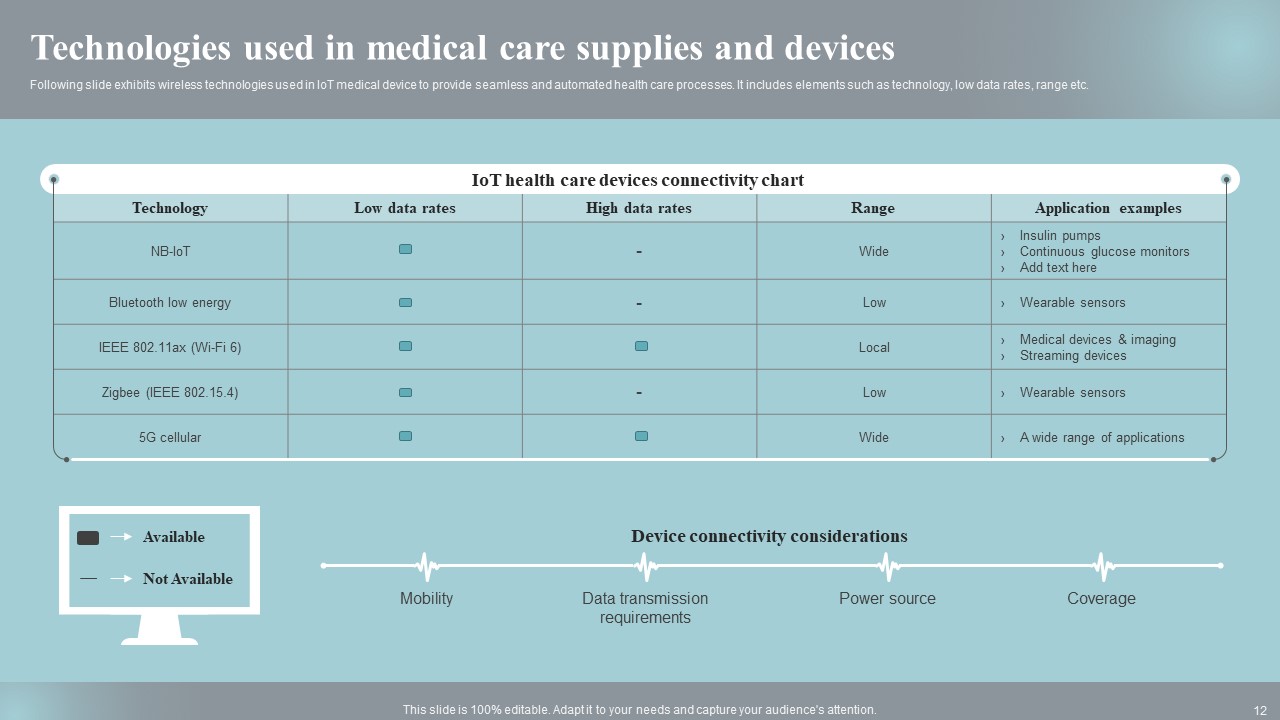

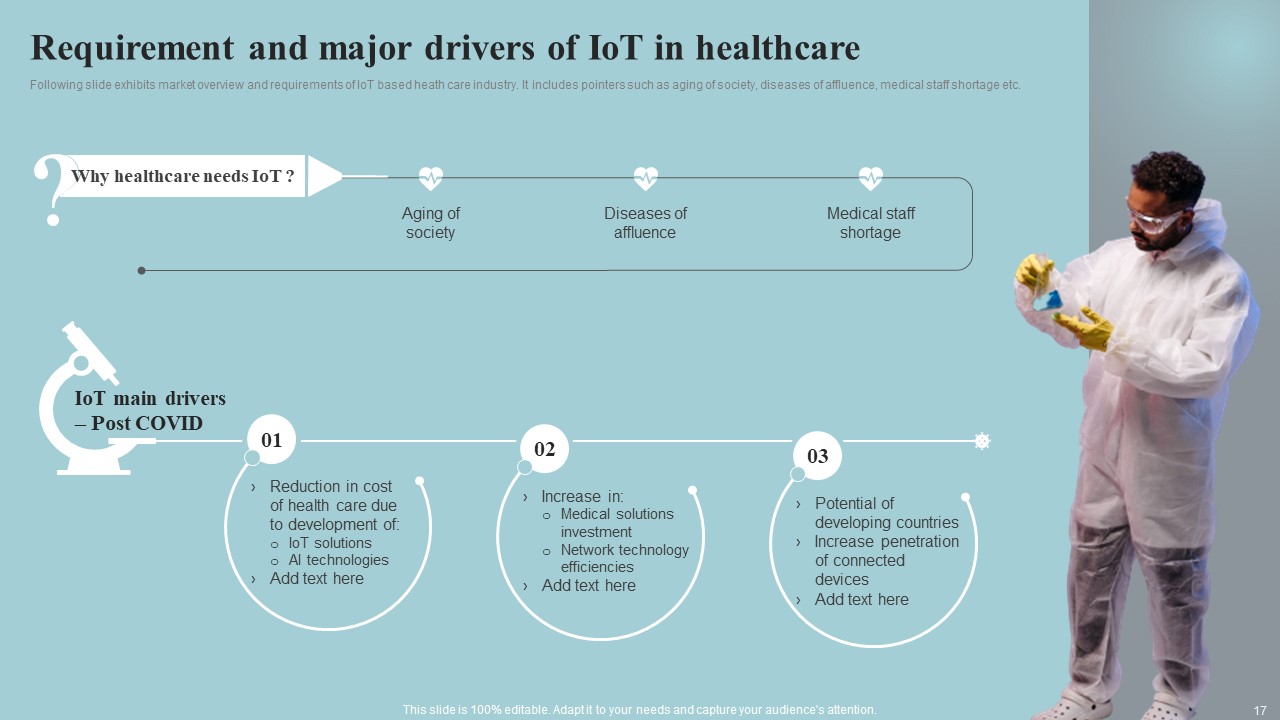
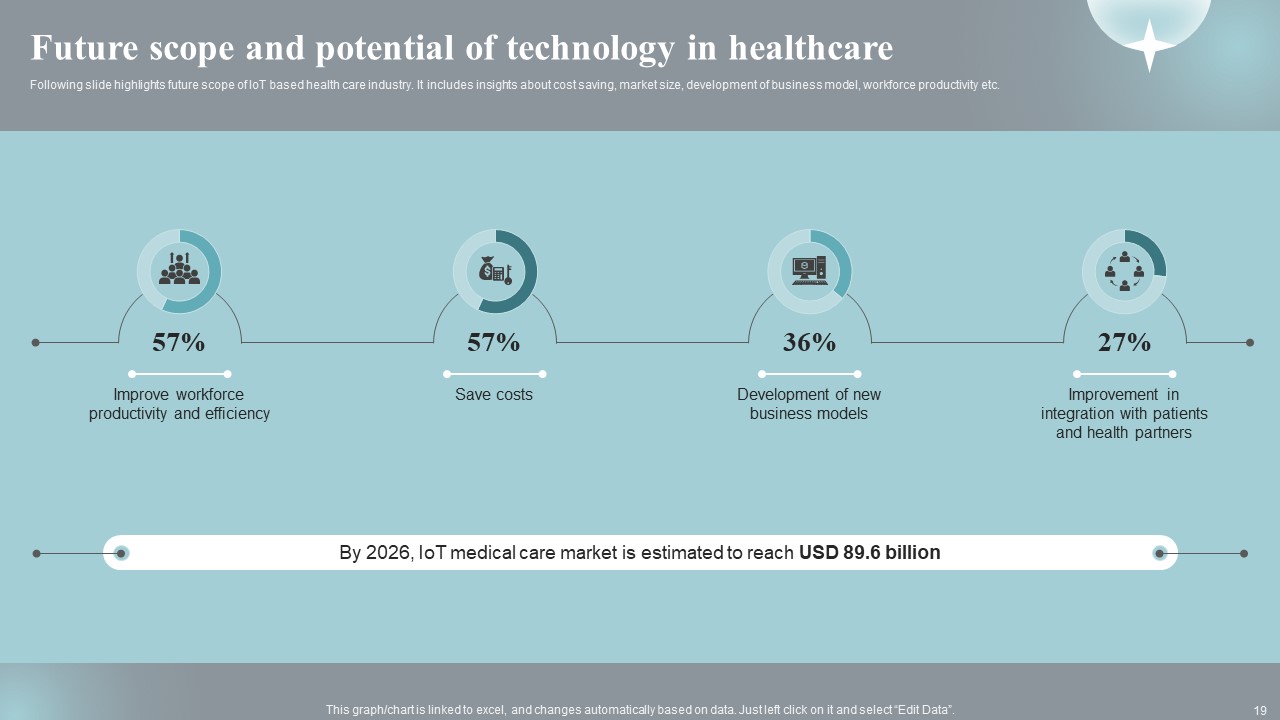





![Draft a Competent Software Company Profile: Template Included [Free PDF Attached]](https://www.slideteam.net/wp/wp-content/uploads/2022/11/software-company-1013x441.png)
